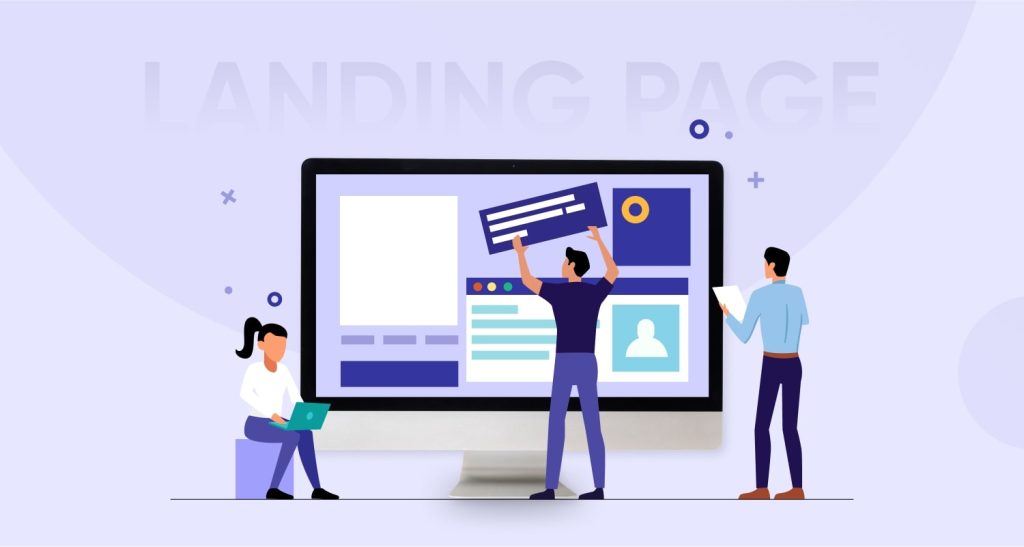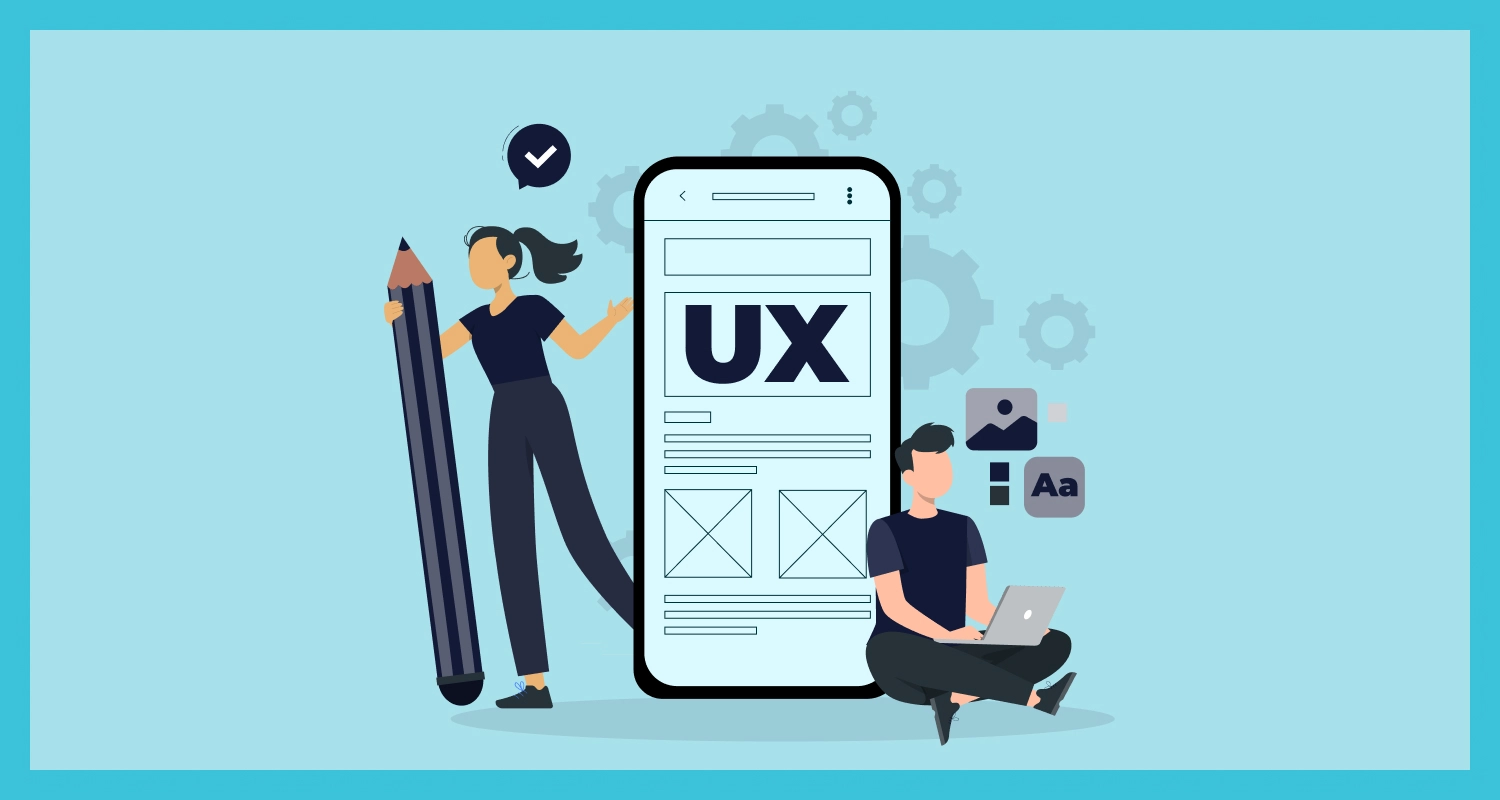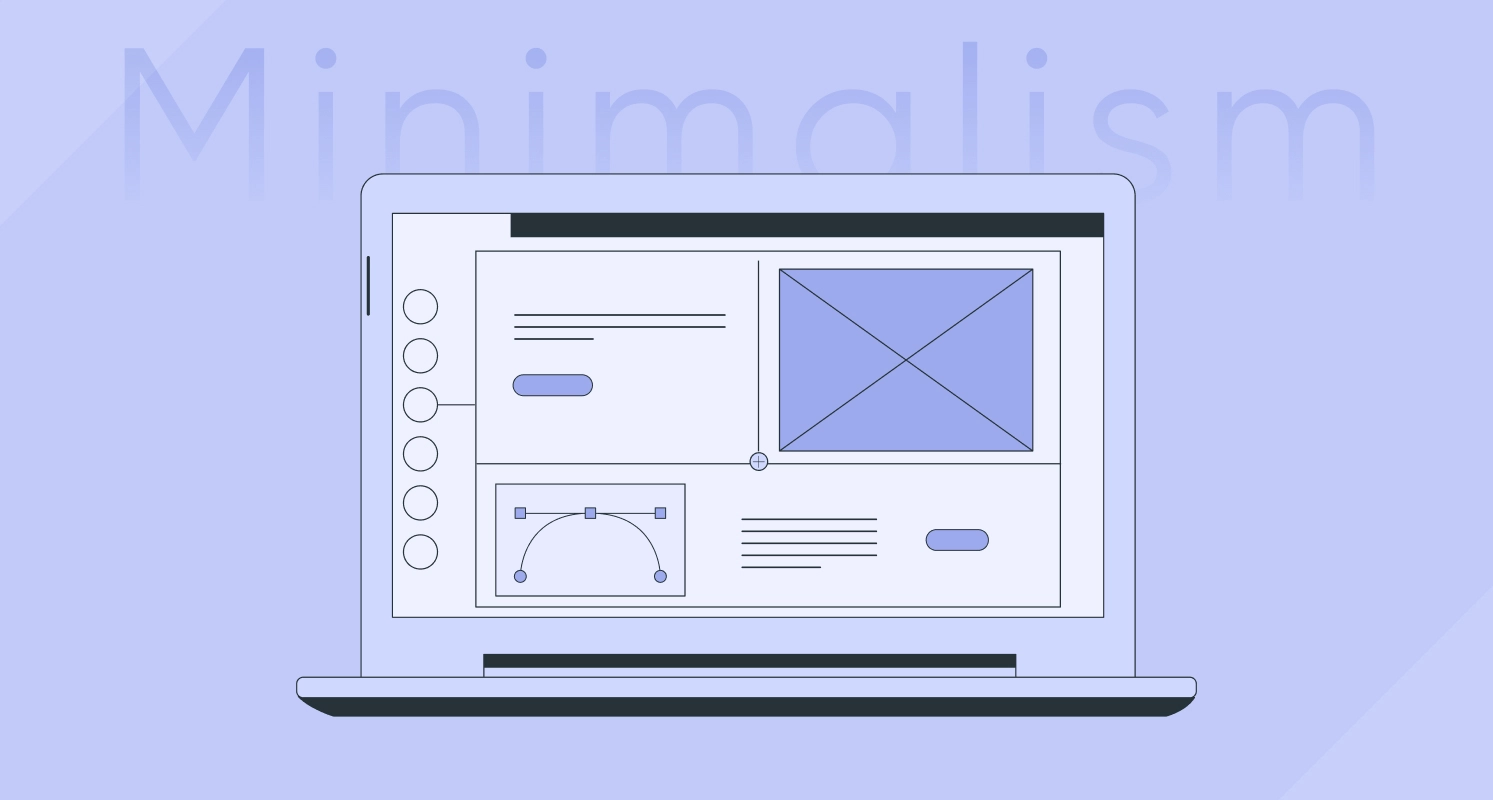In today’s digital landscape, creating an effective landing page design is essential for capturing leads and driving conversions. A landing page is the first page a customer sees when they land on a website, and it’s the first impression that can make or break a user experience. To ensure a great user experience, effective UI/UX design services should be used to create a visually appealing, easy-to-navigate, and informative landing page. It should include elements such as a compelling headline, descriptive copy, engaging visuals, and a clear call to action.
The goal of any landing page should be to capture the user’s attention and inform them about what the product or service is and how it can benefit them, and to capture user data such as email addresses to build a database of leads. It is a good idea to hire a Responsive Website Design Service for an effective landing page, as they can make sure the layout is simple and intuitive, with clear pathways to the desired action, visuals are used to draw the user’s attention and provide a visual representation of the product or service, and a copy is concise and engaging, focusing on the benefits of the offering.
What is a Landing Page?
A landing page is a page on a website that visitors arrive at after clicking a link from another website or search engine. It’s designed to provide relevant information to visitors and to encourage them to take action, such as signing up for a newsletter or making a purchase. Landing pages are typically used in marketing and advertising campaigns, and they’re one of the most important elements of any website.
Why is Landing Page Design Important?

A great landing page design is important for any website because it’s the first thing a visitor will see when they arrive at your site. It needs to be visually appealing, easy to navigate, and have relevant information. A well-designed landing page will help your business stand out from the competition, convert more visitors into customers, and increase overall website traffic.
The landing page design should be tailored to each individual page. For example, if you’re running a promotion for a new product, you’ll want to create a page that’s focused on that product and includes all the necessary information about it. On the other hand, if you’re launching a new website, you’ll need a landing page that provides an overview of the site and encourages visitors to explore it further.
Landing pages are a key part of the user experience, providing visitors with the information they need to make an informed decision about whether to purchase a product or sign up for a service. Having an effective landing page design can make the difference between a successful marketing campaign and one that falls flat. A good landing page design should first and foremost be user-friendly.
Visitors should be able to quickly and easily find what they’re looking for without feeling overwhelmed. The layout and design of the page must be intuitive and easy to navigate. This includes the use of high-quality visuals and imagery, as well as easy-to-understand text. It’s also important to ensure that the landing page design is tailored to the target audience. Knowing who you’re targeting and what they’re looking for is essential to creating a successful landing page design. This means incorporating visuals, language, and content that will appeal to the target audience.
Finally, the page design must be optimized for conversions. This means including a clear call-to-action and making sure the page is focused on the goal of the campaign. It is a good idea to hire dedicated developers for an effective landing page. This includes ensuring that all elements are properly aligned, that the content is easy to read, and that the page has the right visuals and messaging to encourage visitors to take action.
How to Design an Effective Landing Page?
Designing an effective landing page requires careful planning and consideration. Here are some tips for creating a great website landing page design:
1. Keep it Simple: Keep your landing page design simple and focused. Don’t try to cram too much information onto the page. Instead, focus on the most important elements and make sure they stand out.
It is a good idea to hire landing page design services to create an effective landing page. They will be able to keep the design simple and focused, ensuring that the most important elements stand out. This will help to ensure that your visitors have a great experience on your website.
2. Create a Clear and Focused Message The first step in creating an effective landing page is to create a clear and focused message. You want to make sure that visitors know exactly what they’re getting when they land on your page. This means having a clear headline, a concise description of what you’re offering, and a call-to-action (CTA) that encourages visitors to take the desired action.
3. Use Visuals: Visuals are an important part of any landing page. They can help capture attention and make your message easier to understand. Use visuals such as photos, videos, infographics, and illustrations to draw attention to your message and make it easier to understand.
4. Optimize for Mobile With more people using mobile devices to access the internet, it’s important to optimize your landing page for mobile. Ensure that your page is mobile-friendly and appears excellent on all devices. This means making sure the text is readable, the visuals are clear, and the CTA is easy to click.
5. Incorporate Social Proof is a powerful way to show potential customers that your product or service is worth investing in. Incorporate customer testimonials, ratings, reviews, and case studies on your landing page to show visitors that others have had positive experiences with your product.
6. Use A/B Testing A/B testing is a great way to optimize your landing page and increase conversions. A/B testing involves creating two versions of your page and testing which one performs better. This allows you to make small tweaks and find out which changes have the biggest impact. Creating an effective landing page requires a combination of strategic design, visuals, and optimization.
By following the tips outlined above, you can create a landing page that will maximize conversions and help your business reach its goals.

Conclusion:
A great landing page design is essential for any website. It’s the first thing a visitor will see when they enter a website, and it needs to be visually appealing, easy to navigate and have relevant information. A well-designed landing page can help your business stand out from the competition, convert more visitors into customers, and increase overall website traffic. By following the tips outlined above, you can create an effective, engaging, and best landing page design that helps your business succeed.
Frequently Asked Questions
How Can I Build Designs for Landing Pages?
Research the desired audience for the landing page.
Identify what information and action the page should communicate to the audience.
Plan the layout of the page with a wireframe.
Create a visual design that is consistent with the brand’s style.
Implement UI/UX services to create an intuitive and user-friendly experience.
Add content, images, and other elements to the page.
Test the page and make adjustments as needed.
What Are the Landing Page’s Five Most Important Components?
A Clear and Compelling Headline: The headline should be attention-grabbing and succinctly convey the main benefit of the page.
A Strong Call to Action: The call to action should be clear and concise and should be prominently displayed.
Relevant and Engaging Copy: The copy should be relevant to the page’s purpose and should be engaging to the reader.
Eye-Catching Visuals: Visuals such as images, videos, and infographics should be used to make the page more engaging.
A Form for Collecting Information: A form should be included for collecting information from the visitor. This information can be used for remarketing and other marketing purposes.
What Are the Different Kinds of Landing Pages?
Lead Generation Landing Pages: These are designed to capture leads and contact information from visitors. They usually include a form that visitors can fill out to receive an offer or other incentive.
Click-Through Landing Pages: These are used to encourage visitors to take a desired action such as purchasing a product or signing up for a service.
Informational Landing Pages: These are designed to provide visitors with more information about a product or service. They often include detailed descriptions, images, and videos.
What Differentiates a Landing Page from a Home Page?
A homepage is the main page of a website, while a landing page is a page created specifically to capture a visitor’s information or prompt a particular action.







